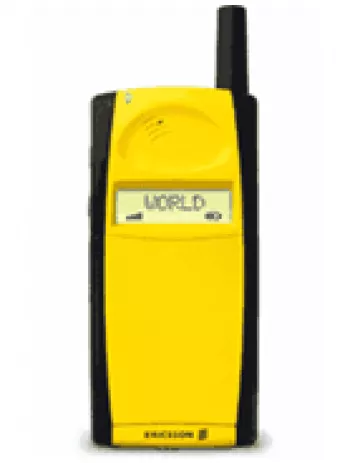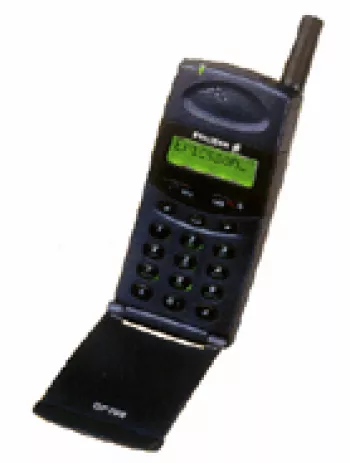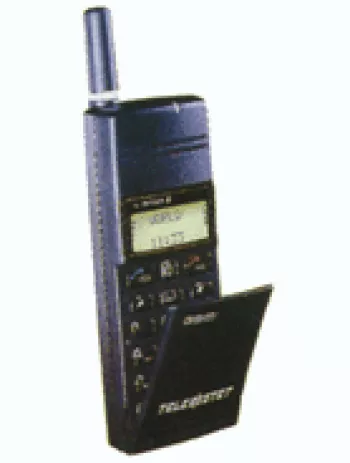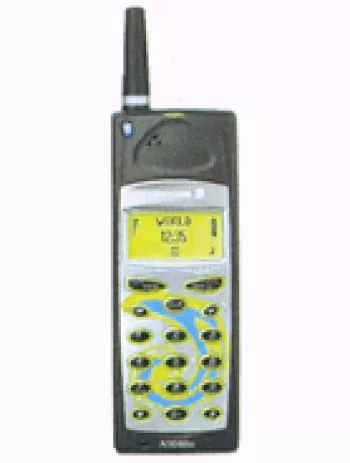
Overview of Ericsson GF 388
The Ericsson GF 388 is a classic mobile device that was launched in 1995 during the early days of mobile telecommunications. As a feature phone, it played a crucial role in the evolution of mobile technology at a time when digital communications were gaining momentum. Discontinued years ago, the GF 388 offers a glimpse into the past of mobile innovation and serves as a historical benchmark in the rapidly evolving world of telecommunications.
Network Capabilities
The Ericsson GF 388 operates on GSM technology, which was the standard during its time. It supports GSM 900 frequency band, making it compatible with networks that operated on this frequency. However, it does not support GPRS or EDGE technologies, which are more modern standards for data transmission. This is reflective of the device’s era, where the primary function was voice communication rather than internet connectivity.
Launch and Availability
Announced in 1995, the Ericsson GF 388 was a pioneer among the GSM phones of its time. Despite its pioneering status, the device has since been discontinued, marking it as a collector's piece rather than a functioning tool in today's digital communication landscape. Its availability today is largely limited to collectors and technology enthusiasts interested in historical devices.
Physical Design
The GF 388 is compact in design with dimensions of 130 x 49 x 23 mm and a weight of 170 grams. This form factor was considered sleek at the time, providing users with a portable yet functional device. Utilizing the Mini-SIM card standard, it was easy to switch SIM cards and thus networks, which was a valuable feature at the time.
Display
The display of the Ericsson GF 388 is monochromatic alphanumeric with a resolution capable of showing up to 3 x 12 characters. This was sufficient for displaying phone numbers and text-based information, with no capability for images or color graphics. The lack of a graphical interface is indicative of the technology available during the mid-1990s.
Memory and Storage
The phonebook capacity of the GF 388 is 100 contacts, which was typical for phones of that era. However, the absence of a card slot means that there is no expandable storage available, reflecting the limited data storage needs of that time period. Saving contact information was straightforward but basic compared to modern smartphones.
Audio Features
The audio capabilities of the Ericsson GF 388 are minimal, consisting only of monophonic ringtones. It has no loudspeaker option and lacks a 3.5mm headphone jack. This minimalistic sound configuration suited the simple alerts and call functions for which it was primarily used.
Communication and Connectivity
In terms of connectivity, the GF 388 does not support modern communication technologies such as WLAN, Bluetooth, or USB. It was purely designed for the primary purposes of making and receiving calls, and sending SMS. The absence of advanced positioning or a radio reflects the emphasis on basic communication functions rather than multimedia or navigational features.
Battery and Power Management
Equipped with a removable NiMH 915 mAh battery, the GF 388 provided a stand-by time of approximately 37 hours and a talk time of 125 minutes. Although modest by today’s standards, it was adequate for the lifestyle and usage patterns of the mid-1990s mobile user. Removable batteries were the norm, allowing users to carry spares if needed.
Additional Features
The feature set of the Ericsson GF 388 is basic, with functionalities like an alarm and clock built into the phone. There are no sensors, games, or Java support, which emphasizes the phone’s role as a communication device rather than a multi-functional gadget. As web browsing was not yet a feature, the device did not include browser support, representing the nascent stage of mobile internet development.
Key Features of Ericsson GF 388
- Supports GSM technology for mobile communication.
- Compact and portable with dimensions of 130 x 49 x 23 mm and a weight of 170 g.
- Equipped with an alphanumeric display capable of showing 3 x 12 characters.
- Contains a phonebook capacity of up to 100 contacts.
- Includes essential features such as SMS messaging, clock, and alarm.
- Powered by a removable NiMH 915 mAh battery, offering up to 37 hours standby and 125 minutes of talk time.
Disadvantages of Ericsson GF 388
- No support for GPRS or EDGE, limiting internet connectivity options.
- The device is discontinued, making it difficult to find support or replacement parts.
- Heavyweight of 170 g compared to modern mobile phones.
- Limited display resolution with only 3 x 12 characters, which can affect readability.
- No expandable memory card slot, limiting storage capacity to phonebook only.
- Lacks a camera, which is a standard feature in modern smartphones.
- Does not have a loudspeaker, affecting hands-free functionality.
- Monophonic ringtones only, which may not be appealing to users preferring polyphonic sounds.
- No support for 3.5mm audio jack, limiting options for connecting audio devices.
- No wireless communication options such as WLAN or Bluetooth.
- No positioning feature, such as GPS, limiting navigation capabilities.
- Lacks a built-in radio, which could appeal to users in areas with radio coverage.
- No USB connectivity, affecting the ability to connect with other devices or computers.
- No games or support for Java applications.
- Lacks sensors that are now commonplace in modern devices.
- Short battery stand-by time of only 37 hours and talk time of 125 minutes.
View Also
More Phones
All Rights Reserved +14266 Phones © Mobilawy 2025

























